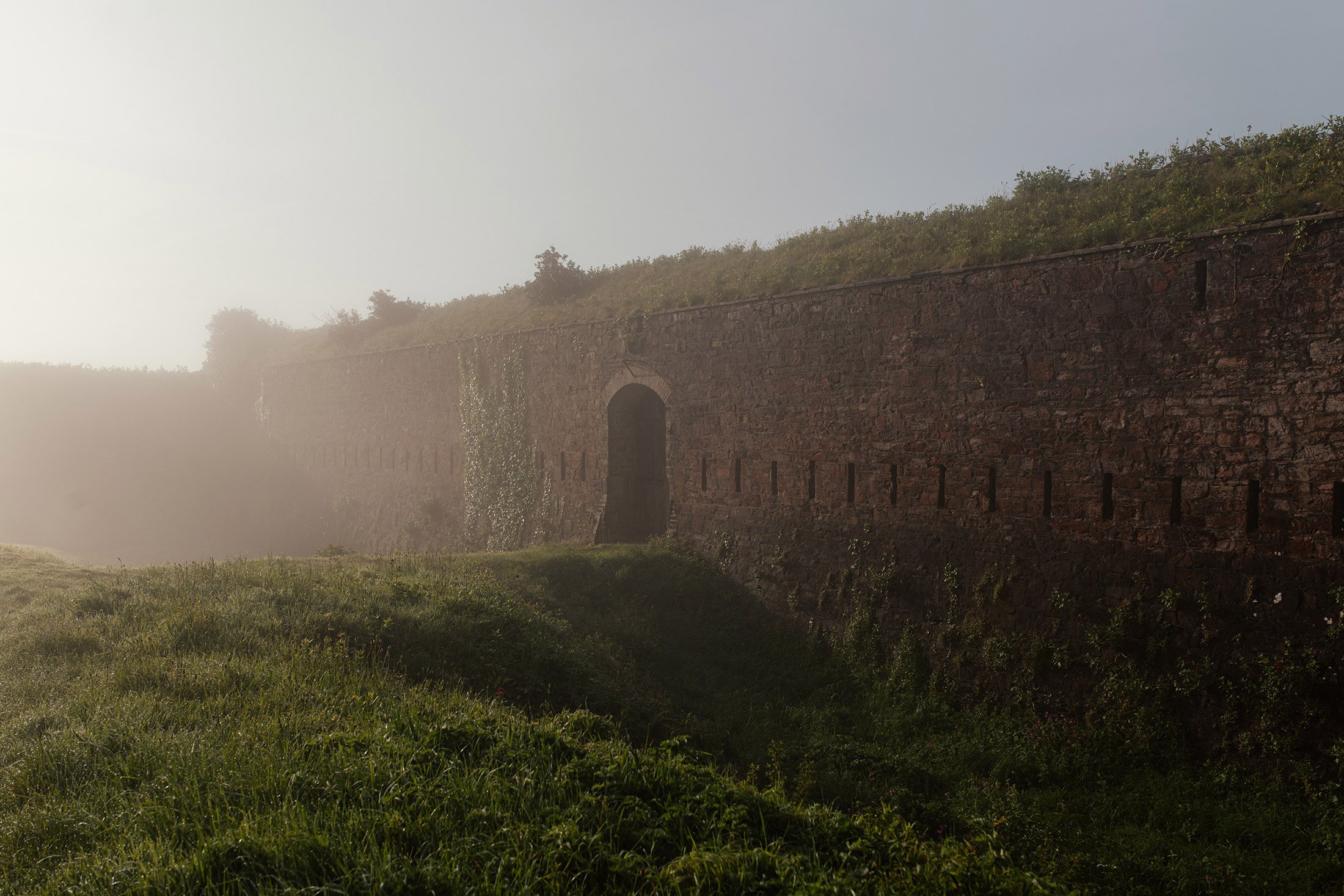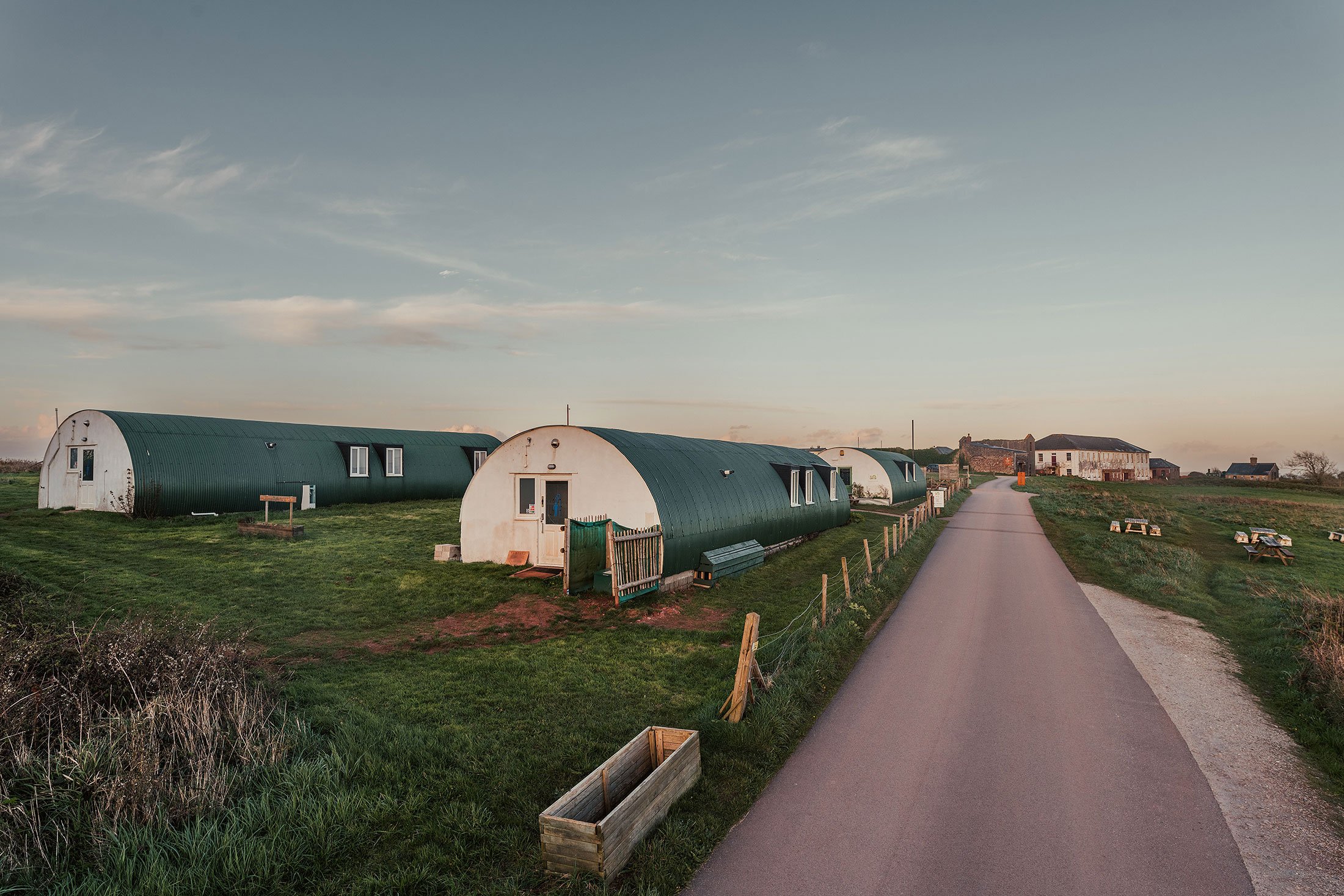
Buildings
The built heritage of Maker Heights
On visiting Maker Heights on the Rame Peninsula you will see what was a nationally important part of the defences of the Royal Naval Dockyard in Devonport.
The story starts in 1690 when the Admiralty awarded a contract to construct a stone dock on the eastern side of the River Tamar. At the time Plymouth was considered an increasingly important location for the Royal Navy as it was closest to the main French Atlantic naval base at Brest. Portsmouth was of course further up the Channel.
Read the full Introduction
Introduction and context
Introduction to the Built Heritage of Maker Heights
Tracing the story from 1690, as Maker Heights emerges as a nationally important part of the defences of the Royal Naval Dockyard in Devonport.
The 1779 Franco- Spanish Armada
The main defences structures here at Maker Heights are, excluding the WW2 HAA battery and the 1960’s ROC bunker, the direct result of the 1779 Armada.

The sites and buildings at Maker Heights
Redoubt No. 1
This is the most northerly of the line of four Redoubts. It is located just inside the entrance to Maker Heights from the Cremyll Road.
Redoubt No .2
Redoubt No 2 is immediately in front of the Barrack Block where now what is usually termed the ‘parade ground’ can be seen.
Redoubt No. 3
Redoubt No. 3, in common with all the others in the line of four, may have been originally dug as a temporary platform in 1779 when the threat of an invasion from the combined French and Spanish fleets was a real prospect.
Redoubt No . 4 / Grenville Battery
Redoubt No. 4 is the southern most of the line of 5 Redoubts built at Maker. Constructed in 1779 by soldiers of the North Gloucester Militia.
Redoubt No. 5
Redoubt No. 5 is the northernmost of the five Redoubts built across Maker Heights in 1779.
Barrack Block
The block was built originally as a temporary building. The barracks and nearby hospital (originally near Redoubt No.4 but no longer in existence) were probably built between about 1784 and 1787.
Heavy Anti-Aircraft Battery
It is well known that Plymouth, as a major naval base, became a prime target for the German Luftwaffe early in the Second World War.
Other sites under the care of the Rame Conservation Trust
Millbrook Chapel of Rest
Millbrook’s Chapel of Rest, located in Millbrook’s burial ground at Millpoolhead has, since 2023, been under the guardianship of the Rame Conservation Trust (RCT).












